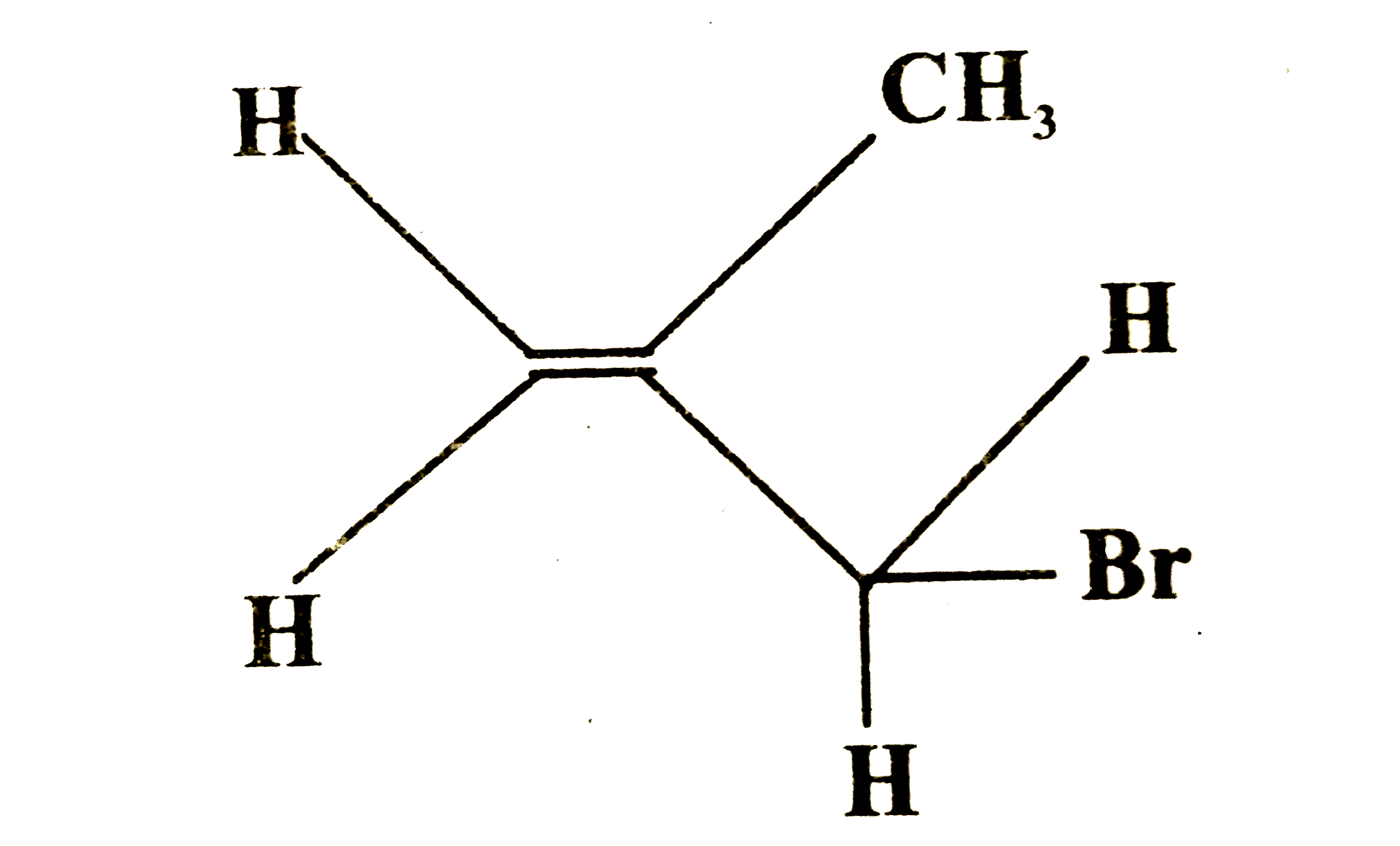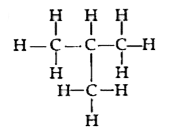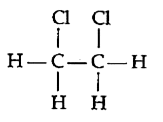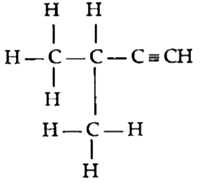Write the IUPAC name of the following compound. [Pt(NH3)4][PtCl4]
To write the IUPAC name of the compound (Pt(NH3)4)(PtCl4), we will follow these steps:
Step 1: Identify the Cationic and Anionic Parts
The compound consists of two parts:
- The first part (Pt(NH3)4) is the cationic part.
- The second part (PtCl4) is the anionic part.
Step 2: Determine the Oxidation States
1. For the cationic part (Pt(NH3)4):
- Let the oxidation state of platinum (Pt) be \( x \).
- Amine (NH₃) is a neutral ligand, contributing 0 to the charge.
- The overall charge of the cationic complex is assumed to be 0 (since no charge is given).
- Therefore, \( x + 0 = 0 \) → \( x = 0 \).
2. For the anionic part (PtCl4):
- Let the oxidation state of platinum (Pt) be \( y \).
- Each chloride (Cl) has a charge of -1, and there are 4 chlorides.
- The overall charge of the anionic complex is also assumed to be 0.
- Therefore, \( y + 4(-1) = 0 \) → \( y - 4 = 0 \) → \( y = +4 \).
Step 3: Assign the Same Oxidation State to Both Platinum Atoms
Since the platinum in the cationic part is in the oxidation state of 0 and in the anionic part is in +4, we will assign both platinum atoms the oxidation state of +2 for naming purposes.
Step 4: Name the Ligands
- The ligand NH₃ is called "ammine".
- The ligand Cl⁻ is called "chloro".
Step 5: Construct the Name
1. For the cationic part (Pt(NH3)4):
- There are 4 ammine ligands, so we use "tetraammine".
- The central metal is platinum, and its oxidation state is +2, which is indicated in Roman numerals as (II).
- Therefore, the name becomes "tetraammine platinum(II)".
2. For the anionic part (PtCl4):
- There are 4 chloro ligands, so we use "tetrachloro".
- The central metal is platinum, and its oxidation state is +2, which is indicated in Roman numerals as (II).
- Since this is an anionic complex, we change platinum to "platinate".
- Therefore, the name becomes "tetrachloroplatinate(II)".
Final IUPAC Name
Combining both parts, we get:
Tetraammineplatinum(II) tetrachloroplatinate(II).
---
The compound consists of two parts:
- The first part (Pt(NH3)4) is the cationic part.
- The second part (PtCl4) is the anionic part.
1. For the cationic part (Pt(NH3)4):
- Let the oxidation state of platinum (Pt) be \( x \).
- Amine (NH₃) is a neutral ligand, contributing 0 to the charge.
- The overall charge of the cationic complex is assumed to be 0 (since no charge is given).
- Therefore, \( x + 0 = 0 \) → \( x = 0 \).
- Let the oxidation state of platinum (Pt) be \( y \).
- Each chloride (Cl) has a charge of -1, and there are 4 chlorides.
- The overall charge of the anionic complex is also assumed to be 0.
- Therefore, \( y + 4(-1) = 0 \) → \( y - 4 = 0 \) → \( y = +4 \).
Since the platinum in the cationic part is in the oxidation state of 0 and in the anionic part is in +4, we will assign both platinum atoms the oxidation state of +2 for naming purposes.
- The ligand NH₃ is called "ammine".
- The ligand Cl⁻ is called "chloro".
1. For the cationic part (Pt(NH3)4):
- There are 4 ammine ligands, so we use "tetraammine".
- The central metal is platinum, and its oxidation state is +2, which is indicated in Roman numerals as (II).
- Therefore, the name becomes "tetraammine platinum(II)".
- There are 4 chloro ligands, so we use "tetrachloro".
- The central metal is platinum, and its oxidation state is +2, which is indicated in Roman numerals as (II).
- Since this is an anionic complex, we change platinum to "platinate".
- Therefore, the name becomes "tetrachloroplatinate(II)".
Combining both parts, we get:
Tetraammineplatinum(II) tetrachloroplatinate(II).
Topper's Solved these Questions
- COORDINATION COMPOUNDS BOOK - ICSECHAPTER - COORDINATION COMPOUNDS EXERCISE - EXERCISE (PART - II DESCRIPTIVE QUESTIONS) (LONG ANSWER QUESTIONS)
16 Videos
- COORDINATION COMPOUNDS BOOK - ICSECHAPTER - COORDINATION COMPOUNDS EXERCISE - ISC EXAMINATION QUESTION (PART - I OBJECTIVE QUESTIONS)
4 Videos
- COORDINATION COMPOUNDS BOOK - ICSECHAPTER - COORDINATION COMPOUNDS EXERCISE - EXERCISE (PART - II DESCRIPTIVE QUESTIONS) (VERY SHORT ANSWER TYPE QUESTIONS)
67 Videos
- CHEMISTRY-2020 BOOK - ICSECHAPTER - CHEMISTRY-2020 EXERCISE - Question (Answer the following question)
4 Videos
- d- AND- f- BLOCK ELEMENTSBOOK - ICSECHAPTER - d- AND- f- BLOCK ELEMENTSEXERCISE - ISC EXAMINATION QUESTIONS (PART-II)(DESCRIPTIVE QUESTIONS)
15 Videos
Similar Questions
Write the IUPAC name of the following compounds:

View SolutionWrite the IUPAC name of the following compounds :

View SolutionWrite the IUPAC name of the following compounds :

View SolutionWrite the IUPAC name of the following compounds :

View SolutionWrite the IUPAC names of the following compounds:

View SolutionWrite the IUPAC names of the following compounds :

View SolutionWrite the IUPAC names of the following compounds:

View SolutionWrite the IUPAC names of the following compounds:

View SolutionWrite the IUPAC names of the following compounds:

View SolutionWrite the IUPAC names of the following compounds:

View Solution
